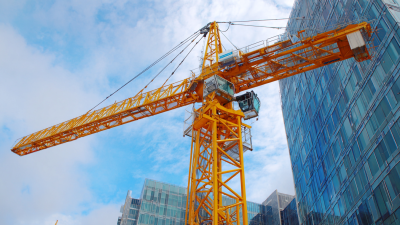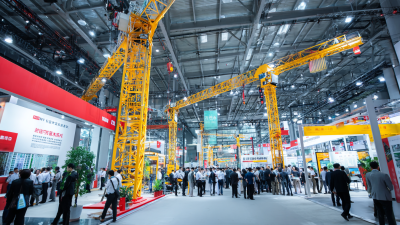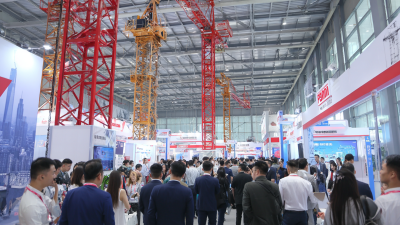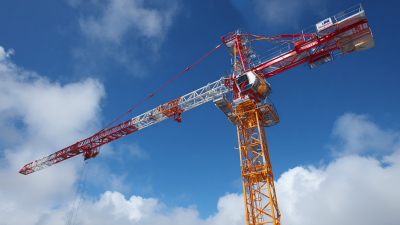The construction industry has witnessed significant advancements over the years, particularly with the introduction and evolution of equipment like the Potain Tower Crane. As a pivotal tool in modern construction, Potain Tower Cranes have transformed the landscape of building projects, enabling increased efficiency and safety. According to a report by MarketsandMarkets, the global tower crane market is projected to grow from USD 4.8 billion in 2020 to USD 6.3 billion by 2025, driven largely by the rising demand for urban infrastructure and high-rise buildings. These cranes, known for their flexibility and reach, are essential in meeting the challenges of vertical construction in densely populated areas. The evolution of Potain Tower Cranes is not just about technological innovation; it also reflects the industry's response to evolving construction methodologies and sustainability goals, further solidifying their impact on contemporary construction practices.
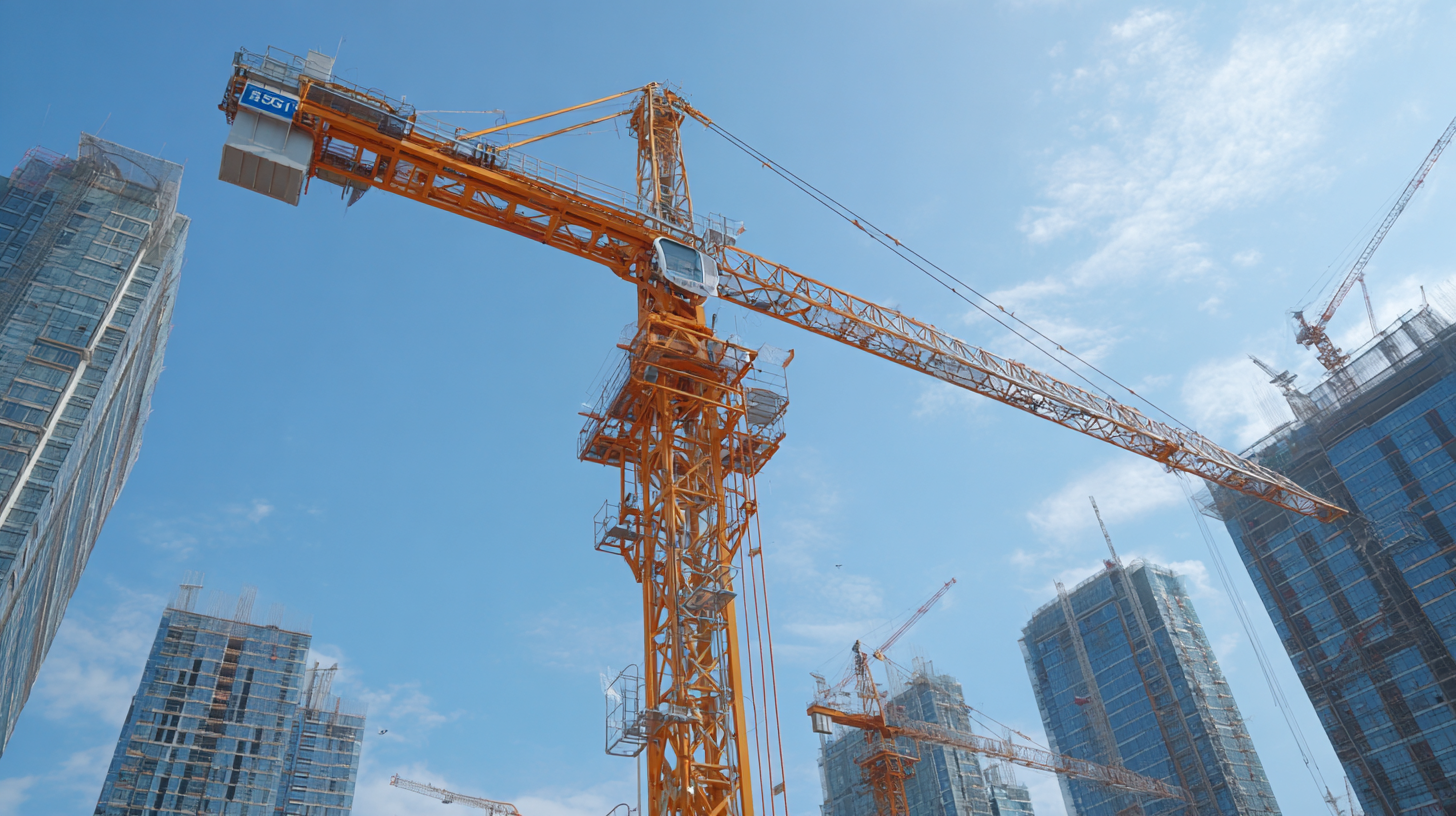
Potain tower cranes have undergone significant design innovations since their inception, leading to enhanced functionality and efficiency in the construction industry. Originating in the early 1920s, Potain set the standard for tower cranes with its innovative designs, introducing features such as the first hydraulic luffing jib crane in 1965. This innovation not only improved the crane's lifting capabilities but also increased safety and maneuverability on job sites. According to a report by the International Tower Crane Association, global tower crane sales are projected to grow by 4.5% annually through 2025, underscoring the critical role that advancements in design play in meeting the evolving demands of modern construction.
The evolution of Potain tower cranes can also be attributed to the incorporation of smart technology. Recent models equipped with advanced telematics allow real-time monitoring and data analysis, enhancing operational efficiency. The World Construction Report highlights that the integration of smart technology in cranes has led to a 20% reduction in operational costs for contractors. Additionally, advancements in modular design enable quicker assembly and disassembly, allowing for greater versatility on various job sites. As Potain continues to innovate, the impact of these engineering advancements resonates across the construction landscape, illustrating a commitment to meeting the challenges of modern infrastructure demands.
Potain tower cranes have become a cornerstone of modern construction, evolving significantly due to several key technological advancements. The integration of advanced features such as telematics and automation has revolutionized crane operation and maintenance. These technologies enable real-time monitoring of crane performance, optimizing efficiency and reducing downtime, which is crucial in meeting the growing demands of the construction industry.
With the global tower crane market projected to expand from $6.14 billion in 2024 to $8.76 billion by 2032, showcasing a compound annual growth rate (CAGR) of 4.70%, the importance of these advancements cannot be overstated.
Moreover, innovations in design and engineering have contributed to the lightweight yet robust structures of modern tower cranes, facilitating better maneuverability and increased lifting capacities. Enhanced safety features, including advanced load-sensing systems and improved stability mechanisms, have also played a pivotal role in minimizing accidents on construction sites. As the industry continues to embrace technological innovations, Potain tower cranes exemplify the seamless blend of reliability and efficiency that modern construction demands, driving progress in a competitive market landscape.
The evolution of Potain tower cranes has significantly transformed the landscape of modern construction, particularly in enhancing efficiency and safety on job sites. Research indicates that the integration of advanced monitoring technologies with Potain cranes allows for real-time tracking of construction progress. This supports effective project management, as data from sources such as industry reports suggest that efficient equipment monitoring can reduce project delays by up to 30%. By enabling project managers to identify potential issues early, Potain cranes help maintain timelines and budgets, ultimately improving overall project performance.
Furthermore, the safety benefits of using Potain cranes cannot be understated. The implementation of automated safety systems and sensors in these cranes enhances situational awareness and minimizes the risk of accidents. Data indicates that construction sites utilizing advanced crane technology experience a reduction in incident rates by as much as 40%. These innovations allow operators to have better control over lifting operations, which is crucial in maintaining a safe working environment.
**Tips:** Ensure regular training for operators to familiarize them with the latest crane technologies and safety protocols. Implement a proactive maintenance schedule for your Potain cranes to reduce the risk of malfunctions that could compromise safety or efficiency. Finally, leverage data analytics from equipment monitoring to predict and mitigate potential delays early in the project timeline.

In modern construction, Potain tower cranes have carved out a significant niche due to their unique advantages compared to other crane types. One of the key differentiators of Potain tower cranes is their verticality and height-to-base ratio, which allows them to operate effectively in confined urban spaces. This intrinsic stability is often compared to mobile cranes, which while offering flexibility in transportation, can struggle with stability under heavy loads or limited maneuverability in tight areas. The ability of Potain cranes to remain stationary while reaching impressive heights makes them particularly suitable for high-rise construction projects.
Another notable feature of Potain tower cranes is their efficient load management system. Unlike traditional lattice boom cranes, which require extensive ground preparation and larger operational space, Potain cranes maximize lifting capacity without needing a vast footprint. This efficiency translates into faster construction times and reduced operational costs. While crawler and hydraulic cranes excel in mobility and can navigate uneven terrains, they often come with trade-offs in terms of lifting height and capacity. Ultimately, the comparative analysis reveals that Potain tower cranes offer a compelling solution for modern construction challenges, balancing height, stability, and cost-effectiveness in a way that is increasingly vital in today’s urban environments.
| Crane Type | Typical Height (m) | Maximum Load Capacity (ton) | Operating Radius (m) | Cost (USD per hour) | Usage Frequency (%) |
|---|---|---|---|---|---|
| Potain Tower Crane | 30 | 12 | 60 | 150 | 70 |
| Mobile Crane | 20 | 16 | 50 | 120 | 50 |
| Crawler Crane | 25 | 20 | 40 | 200 | 60 |
| Floating Crane | 15 | 30 | 30 | 250 | 30 |
| Mini Crane | 10 | 5 | 20 | 80 | 40 |
The increasing emphasis on sustainability in construction practices is driving innovative changes in the use of tower cranes. Among these, Potain tower cranes are leading the way by incorporating eco-friendly technologies and design principles. As projects grow in complexity and size, the demand for efficient and versatile machinery becomes paramount. Potain's advancements offer not only improved energy efficiency but also the capability to reduce the carbon footprint associated with construction activities.
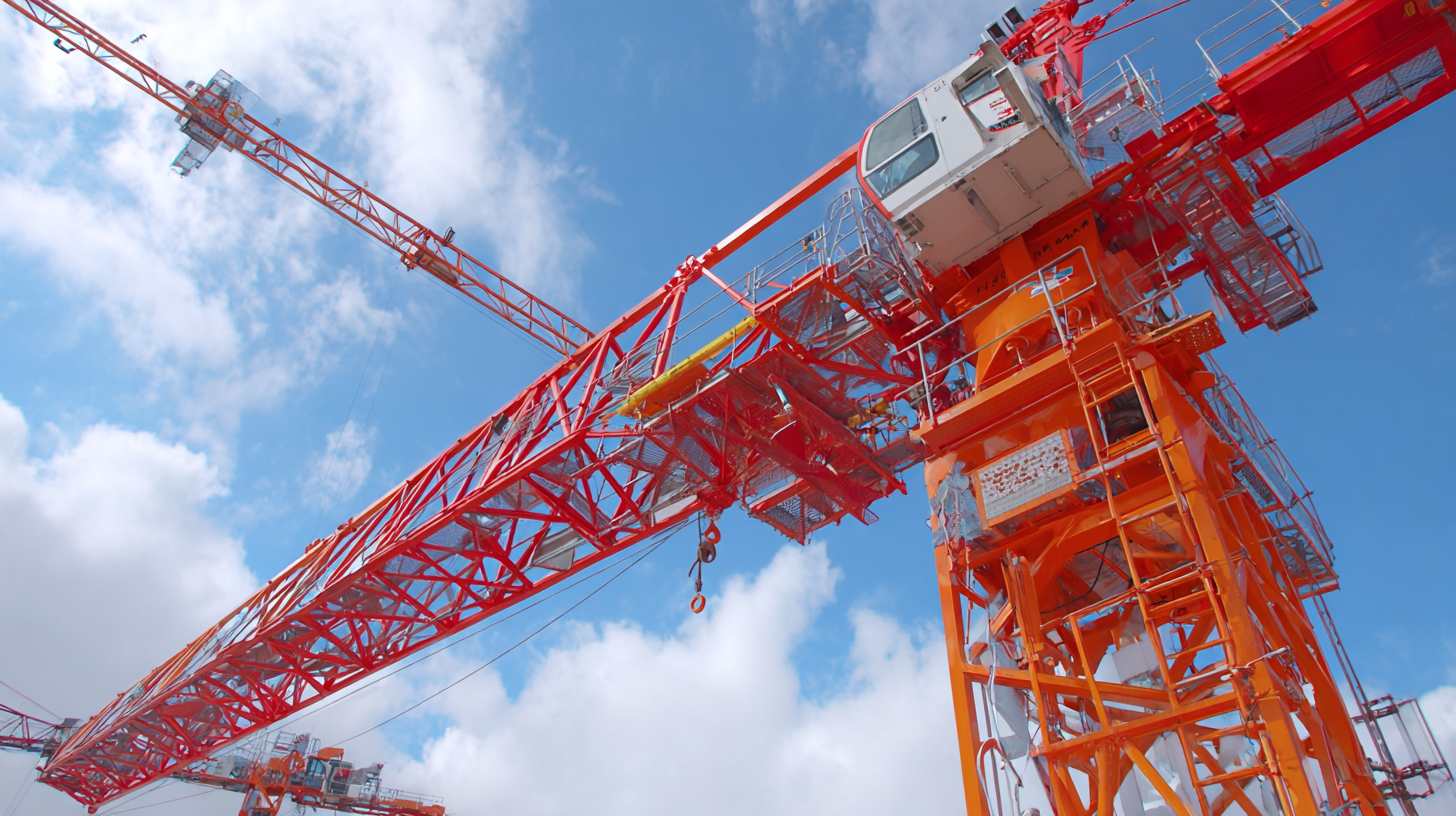
Furthermore, the anticipated growth of the global tower crane market, rising from $6.14 billion in 2024 to $8.76 billion by 2032, underscores the industry's shift toward sustainable practices. Innovations such as electric and hybrid power systems, along with smarter management systems, are becoming integral to modern cranes. These developments not only enhance operational efficiency but also align with the broader goals of reducing environmental impact and promoting sustainable construction methods. As the industry evolves, the role of Potain tower cranes will be crucial in shaping a greener future for construction.
